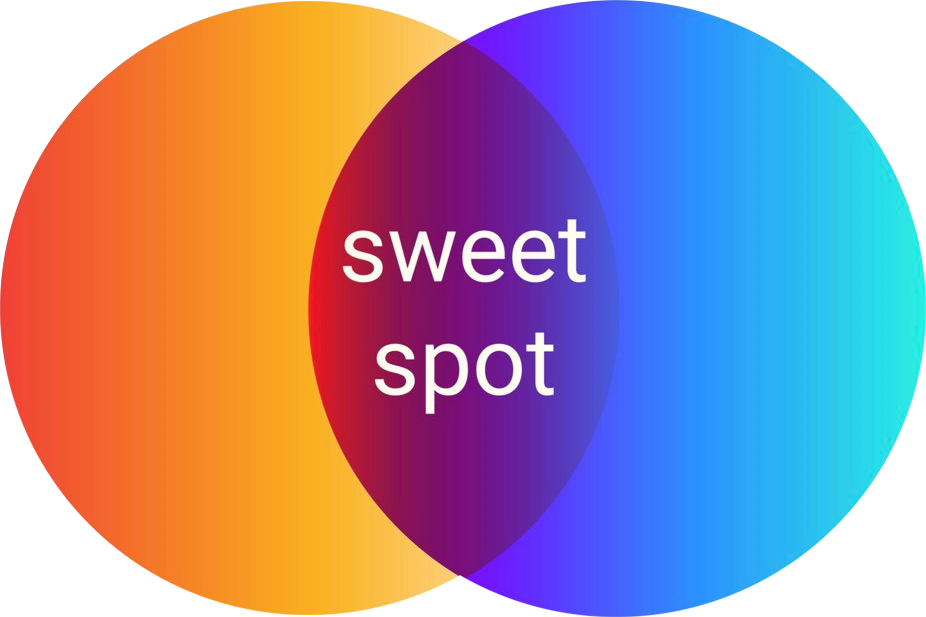“I should have saved my father.”
We've just met Mr. Remorse. Mr. Remorse blames John every day of John's life for not saving John's father. The doctors told John's family that it was his 6th heart-attack, and there was nothing anyone -- let alone 11-year John -- could do.
Still, the black-robed Mr. Remorse, himself a part of John, persists in flogging John for a sin he didn't commit.
"We just won an international sailing race and while my shipmates are celebrating, here I am waiting for the axe to fall.”
The more John enjoys himself, the more fearful he gets that something bad will befall him. After all, why should he enjoy his life? His father's joy ended so early.
Because John never had a chance to bid his father farewell, he holds onto him to this day. Holding on is constant tension. Not just a vague emotional tension, but a palpable physical tension of a clenched mouth, a tight neck, and angry eyes.
Everybody holds within them infinite possible versions of themselves. The one we are attached to is that: just one of the infinite other ones. In case of John, this is Mr. Remorse.
How is it that John has been tortured daily by Mr. Remorse for more than 30 years?
To survive the emotional trauma, John had developed his own reality filters. Those filters block him not only from perceiving everyday reality but from seeing the original trauma: losing his beloved father.
What is the good about seeing trauma you might be asking yourself?
The good is that every trauma holds its own solution within itself. In the core of the trauma there is a vulnerability, and connecting with that vulnerability makes us whole.
Every creative performer knows that relaxation is the key to extraordinary creative achievement. And relaxing taut muscles is the key to letting go.
In a relaxed trance, John summons his father and holding hands they hold a beautiful ceremony, a ceremony of letting go. “You are the big one, I am the small one.”
After the ceremony, Mr. Remorse shows up clad in white. We ask him what his transformation means.
He declares that he is to be called Mr. Conscience and he is now a powerful guide and ally in John’s life.
With the love in his heart for his father and his own self now restored, John is prepared to meet the challenges in his personal and professional life.
The pain we carry is the love we withhold. Letting go emerges from a conversation between conscious and unconscious. We open a communication to the parts that are whole and the parts that are wounded. From this beautiful dance comes the healing.
Inspired by the teachings of Stephen Gilligan.


